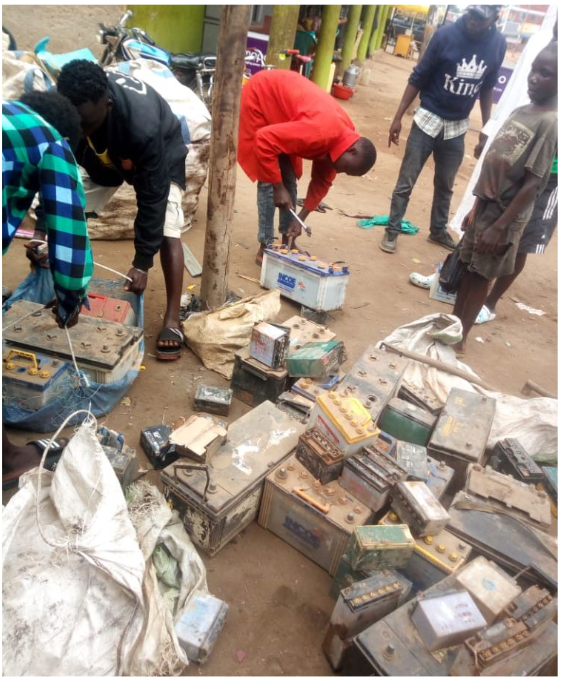Webinar Series on Understanding Ewaste Value Chain in Humanitarian Settings
 Access to safe, affordable and sustainable energy is key for human development. In line with this goal, many humanitarian initiatives are focusing on meeting energy demands of displaced population using off-grid solutions such as solar lanterns, solar home systems, electronic cookstoves etc. These solutions are cost effective and environmentally friendly compared to diesel powered generator. However, as these products near their end-of-life, the critical question of what happens once they stop working or are beyond repair, remains? For example, it is estimated that only 1% of electronic waste (e-waste) is actually recycled while rest end up being burnt, informally disposed or hibernated in displacement settings. Furthermore, the lead or Lithium batteries also contain toxic substances which can cause environmental pollution as well as damage human health when not properly disposed of towards their end-of-life. Thus, there is a need to understand more about the e-waste value chain as well as opportunities and costs involved with e-waste management in humanitarian setting.
Access to safe, affordable and sustainable energy is key for human development. In line with this goal, many humanitarian initiatives are focusing on meeting energy demands of displaced population using off-grid solutions such as solar lanterns, solar home systems, electronic cookstoves etc. These solutions are cost effective and environmentally friendly compared to diesel powered generator. However, as these products near their end-of-life, the critical question of what happens once they stop working or are beyond repair, remains? For example, it is estimated that only 1% of electronic waste (e-waste) is actually recycled while rest end up being burnt, informally disposed or hibernated in displacement settings. Furthermore, the lead or Lithium batteries also contain toxic substances which can cause environmental pollution as well as damage human health when not properly disposed of towards their end-of-life. Thus, there is a need to understand more about the e-waste value chain as well as opportunities and costs involved with e-waste management in humanitarian setting.
This series of two webinars aims to shed light on the complexity of e-waste management as well as the rising issue of e-waste in humanitarian settings. The first webinar in the series will set the scene by providing an introduction to ewaste management in humanitarian context. The second webinar will dive deeper and invite practitioners from different parts of the world to share their experience in a panel discussion.
Webinar 1: Understanding E-waste
Webinar 2: Policy Landscape
Further Readings
- GPA & NORCAP (2021). Electronic Waste (E-waste) Management for Off-grid Solar Solutions in Displacement Settings. https://www.nrc.no/globalassets/pdf/reports/e-waste/e-waste-management-for-off-grid-solar-solutions-in-displacement-settings.pdf
- GIZ Energy Solutions in Displacement Settings (ESDS) (2021). Baseline Assessment on Electronic Waste Management and Extended Producer Responsibility in Displacement Settings in Ethiopia, Kenya, Uganda. https://energypedia.info/wiki/E-Waste_Reduction_in_Displacement_Settings
- Platform for Accelerating the Circular Economy (PACE) & E-waste Coalition (2019). A New Circular Vision for Electronics: Time for a Global Reboot. https://www.weforum.org/reports/a-new-circular-vision-for-electronics-time-for-a-global-reboot
- UNICEF (2020). A third of the world’s children poisoned by lead, new groundbreaking analysis says. https://www.unicef.org/rosa/press-releases/third-worlds-children-poisoned-lead-new-groundbreaking-analysis-says




















